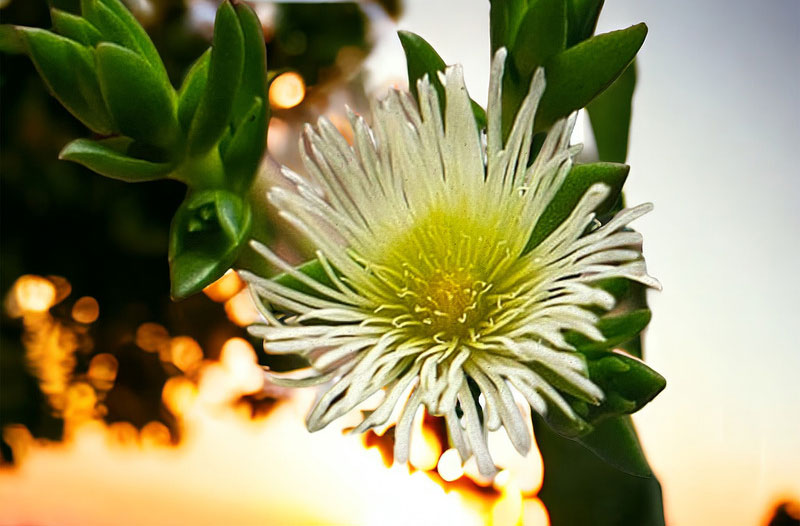WHEN TO USE KANNA
Kanna is traditionally used to fight stress, anxiety depression, relieve pain and alleviate hunger. Kanna is known as a natural mood booster that helps improve your mindset. Kanna is a psychoactive not a psychedelic.
Safe, Fast and Suitable for daily use
Kanna may elevate mood and decrease anxiety, stress and tension. Intoxicating doses can be euphoric but not hallucinogenic, contrary to some literature on the subject.
WHY CHOOSE ULTRAKANNA?
Authenticity: Our products are sourced directly from community, ensuring you are receiving direct from source, genuine sceletium extracts.
Quality: Utilizing our Kanna expertise, we meticulously source & test the finest ingredients, ensuring that every product meets stringent quality benchmarks, earning your trust with every product experience.
Ethical Practices: We are committed to sustainable sourcing and fair trade practices, directly supporting the Khoi/San Indigenous communities.

ABOUT KANNA
Sceletium tortuosum, also known as Kanna, Channa, or Kougoed, is a succulent plant native to South Africa. The name “Kanna” stems from the Khoisan phrase “chew(able) things” or “something to chew,” highlighting its traditional use as a chewable substance.

CENTURIES OF WISDOM
Where tradition meets innovation
Deeply rooted in the traditions of South Africa for centuries, indigenous tribes have revered Kanna for its soothing and mood-enhancing properties, making it a cherished part of their cultural and spiritual practices.

WHEN TO USE KANNA
Kanna is traditionally used to fight stress, anxiety depression, relieve pain and alleviate hunger. Kanna is known as a natural mood booster that helps improve your mindset. Kanna is a psychoactive not a psychedelic.
Safe, Fast and Suitable for daily use
Kanna may elevate mood and decrease anxiety, stress and tension. Intoxicating doses can be euphoric but not hallucinogenic, contrary to some literature on the subject.

WHY CHOOSE ULTRAKANNA?
Authenticity: Our products are sourced directly from community, ensuring you are receiving direct from source, genuine sceletium extracts.
Quality: Utilizing our Kanna expertise, we meticulously source & test the finest ingredients, ensuring that every product meets stringent quality benchmarks, earning your trust with every product experience.
Ethical Practices: We are committed to sustainable sourcing and fair trade practices, directly supporting the Khoi/San Indigenous communities.

THE BEST PART OF KANNA
While research on Kanna’s effects on brain genesis (the formation of new neurons) and neuroplasticity is still in its early stages, there are several ways in which Kanna may potentially support these processes:
- Serotonin Reuptake Inhibition: Kanna contains alkaloids that act as selective serotonin reuptake inhibitors (SSRIs), similar to some antidepressant medications. By inhibiting serotonin reuptake, Kanna may increase serotonin levels in the brain, which is important for mood regulation and has been linked to neurogenesis.
- Stress Reduction: Chronic stress can negatively impact brain health and inhibit neurogenesis. Kanna has been traditionally used to reduce stress and anxiety, which may indirectly support brain health and plasticity.
- Anti-inflammatory Effects: Inflammation in the brain can impair neurogenesis and neuroplasticity. Some studies suggest that Kanna may have anti-inflammatory properties, which could potentially support brain health.
- Antioxidant Effects: Oxidative stress can damage neurons and impair brain function. Kanna contains antioxidants that may help protect neurons from oxidative damage, potentially supporting neuroplasticity.
- Neuroprotective Effects: Some studies suggest that Kanna may have neuroprotective effects, which could help preserve existing neurons and support the formation of new neurons.
While these potential mechanisms are promising, more research is needed to fully understand how Kanna affects brain genesis and neuroplasticity. As always, it’s important to consult with a healthcare professional before starting any new supplement, especially if you have underlying health conditions or are taking medications.